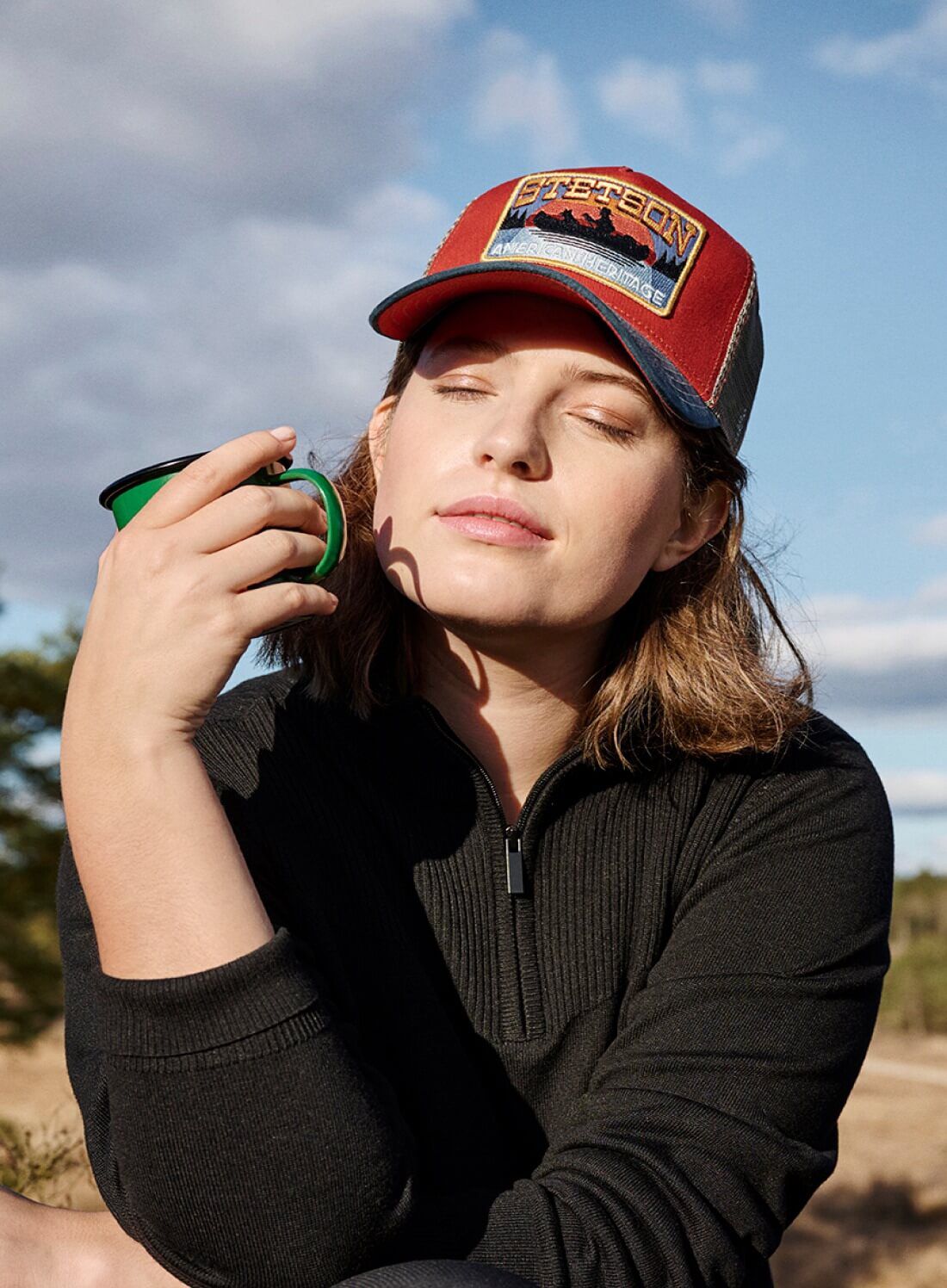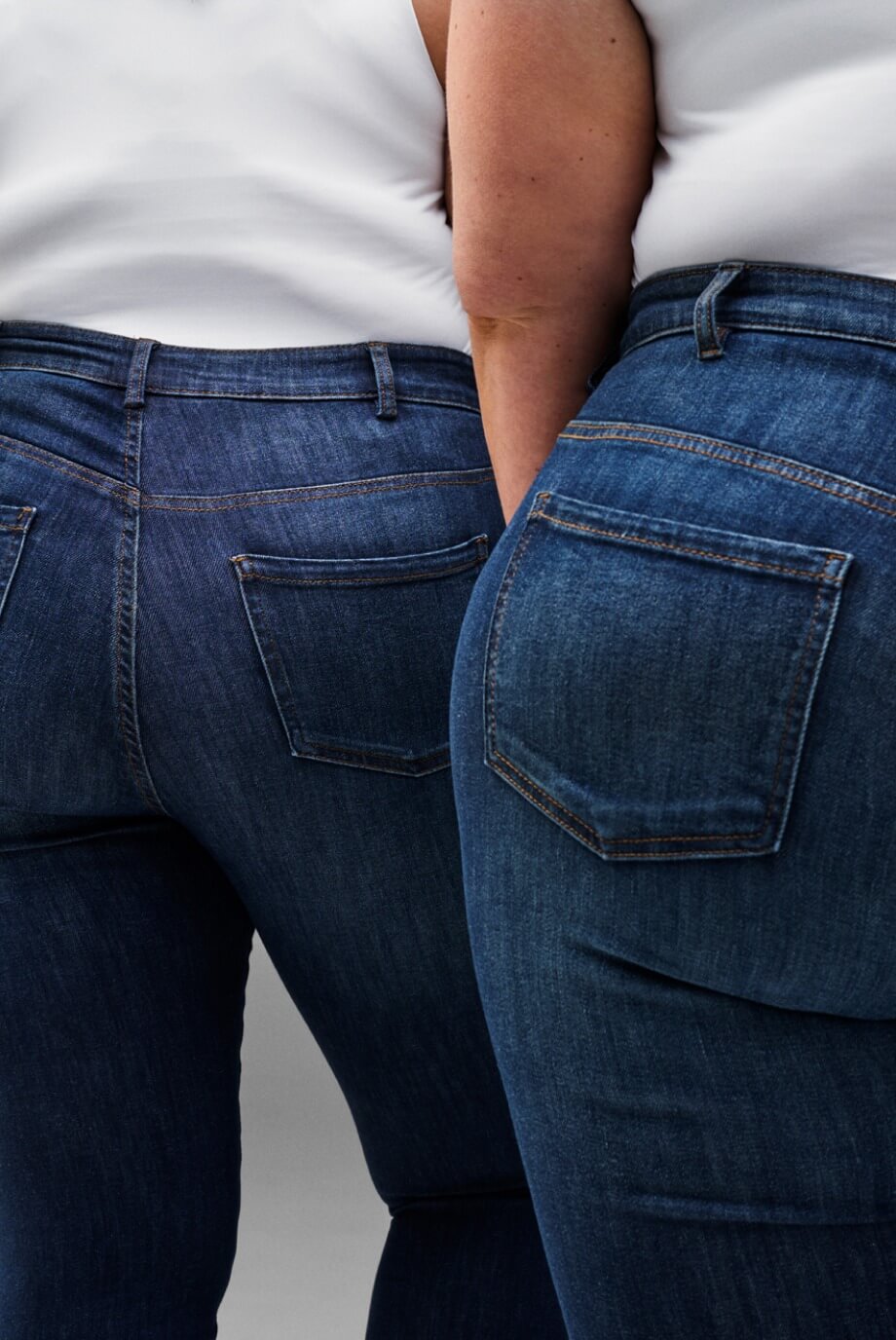
Outdoor Guide: Choose the Right Hiking Wear
Finding the Perfect Hiking Attire
Spending time in nature—whether it's a relaxing walk or a challenging trek—requires the right hiking attire. Choosing proper hiking wear ensures comfort, protection, and an overall better experience, whether you’re heading out in summer, winter, or unpredictable weather.
Understanding what to wear on a walk or a hike can make all the difference, from selecting the best hiking jacket to finding breathable, moisture-wicking layers.
What Makes Good Hiking Wear?
The phrase "There’s no such thing as bad weather, only bad clothing" holds true when it comes to outdoor apparel. The right hiking clothes protect you from the elements while keeping you comfortable.
A well-planned outfit should include moisture-wicking tops, insulating mid-layers, and weather-resistant outerwear. Whether you're looking for hiking training tops or wondering, what jacket to wear for hiking?, it’s important to consider function, fit, and adaptability.
Understanding the Three-Layer Clothing Principle
Hiking wear should adapt to changing weather, and layering is key. The three-layer clothing principle in hiking ensures breathability, insulation, and weather resistance:
- Inner Layer: Moisture-wicking base layers, such as wool or synthetic fabrics, help regulate temperature and keep sweat away from your skin. Wool sweater hiking options are great for warmth, even when damp.
- Mid-Layer: A fleece or sweater for hiking offers insulation while allowing breathability.
- Outer Layer: A water-repellent grid fleece hiking jacket or a windproof and waterproof shell provides protection against the elements.



Choosing the Right Hiking Jacket
When wondering, how do I choose a hiking jacket?, consider factors like breathability, water resistance, and durability. The best hiking jacket depends on the climate and level of activity. Here’s a quick guide:
- Summer hiking jacket: Lightweight and breathable, perfect for warm-weather hikes.
- Softshell jackets: Great for spring and autumn, offering wind and water resistance.
- Waterproof rain jackets: Essential for wet conditions. Look for high water column pressure and taped seams to stay dry.
A guide wear jacket with breathable fabric ensures comfort without overheating. For those hiking in cold conditions, layering with a fleece or insulated jacket can add warmth.
What Pants to Wear for Hiking
If you're wondering, what pants should I wear for hiking?, prioritize comfort and flexibility. Hiking trousers come in various styles:
- Outdoor adventure trousers: Offer durability and protection from wind and water.
- Trekking wear and zip-off pants: Adjustable for varying temperatures.
- Pants to wear hiking in fall: Look for insulated or water-resistant options.
- Beretta 4-way stretch pants: Provide flexibility and ease of movement.
Are Jeans Good for Hiking?
A common question is, can you wear jeans on a hike? or is hiking in jeans recommended? While jeans may seem durable, they lack moisture-wicking properties and can become heavy when wet. Instead, opt for breathable, quick-drying materials like polyester or nylon.
See all outdoor trousers
Choosing the Right Footwear for Hiking
Footwear is a crucial part of your hiking attire. Hiking boots with ankle support provide stability on uneven terrain, while lighter trailhead wear shoes work well for shorter walks. Proper hike wear includes:
- Hiking boots: Ideal for rough terrain and added stability.
- Walking shoes: Suitable for flat trails and casual hikes.
- Layered socks: A combination of thin synthetic socks and wool socks reduces friction and prevents blisters.
Accessories and Essentials for a Hike
To fully enjoy your outdoor adventure, bring along practical gear:
- Hiking backpack: Essential for carrying supplies.
- Neck gaiter: Provides warmth and wind protection.
- Gloves and trekking wear: Crucial for colder hikes.
- First aid kit, power bank, and navigation tools: Must-haves for long treks.
Final Hiking Clothing Tips
To ensure comfort and performance while hiking, follow these key hiking clothing tips:
- Choose moisture-wicking fabrics to stay dry.
- Layer appropriately to regulate temperature.
- Wear appropriate clothing for hiking, based on weather conditions.
- Select outdoor thermal wear for adventure activity in colder months.
- Avoid restrictive clothing for better movement and breathability.
Whether you’re a beginner or an experienced hiker, investing in high-quality hiking apparel guide recommendations will enhance your outdoor experience. With the right trekking wear, you can enjoy every hike, regardless of the season.
Explore more outdoor clothing at Zizzi.

























































